To really understand how compression socks and sleeves work, it’s important to have a basic understanding of how blood flows through the body. The heart pumps oxygen containing blood to our extremities and working muscles though arteries. Once the cells use the oxygen and other nutrients from the blood, the then deoxygenated blood, along with lactic acid and other waste products enter the veins to get taken back to the heart. Once the blood gets back to the heart, it’s oxygenated from the lungs and the process is repeated.
Keeping oxygenated blood flowing to muscles is important for performance. The more oxygen the cells have, the better they will function. During exercise, the body produces lactic acid as a waste product. If this lactic acid is not removed from the muscles, it can contribute to soreness and decreased ability to perform. Another factor in decreased performance is muscle fatigue. Muscular vibration during physical activity contributes to fatigue. Think about how much shock and vibration is going through your leg muscles as you pound pavement with 3-5 times your body weight while running. Over time, those little vibrations of the muscles add up and they become fatigued.
How do compression socks and sleeves help?
Now that we know what the blood and muscles are doing while we are running, let’s talk about what compression socks and sleeves do to help the body. Compression socks and sleeves provide graduated compression, meaning the compression is higher (tighter) at the foot and ankle and lower (looser) as it moves up the calf and lower leg. This type of compression helps to fight the effects of gravity and assist the body in venous return (deoxygenated blood flowing back up to the heart).
Recent studies show that with an optimal level of consistent compression, the walls of the arteries will dilate, increasing the blood flow through them. Arterial blood flow has been shown to increase up to 40% during activity and 30% during recovery. This means more oxygen and nutrients flowing through the body! On the other hand, the walls of the veins will constrict under compression, which helps to increase the velocity of blood flow through them. Increased velocity of blood flow through veins means that deoxygenated blood and lactic acid will get back to the heart quicker, which will help to increase the rate of recovery and decrease muscle soreness! Compression will also help to stabilize the muscle and decrease the amount of muscular vibration, resulting in decreased fatigue. To sum up the benefits of compression; enhanced performance through increased blood flow, quicker recovery and decreased muscle soreness, and less fatigue.All good things!
So are compression socks or sleeves good for shin splints, calf cramps / strains, and Achilles tendonitis?
The answer is yes, however, they will not cure any condition if the only thing you are doing to help your injury is wear compression. All injuries should be assessed so that the real cause can be addressed. Wearing compression can help to make your injury feel better as you are recovering, help get you through that last long run before your marathon, or possibly prevent a new injury from coming on. Proper rest, massage, stretching / strengthening, footwear, and progression of training should all be considered when dealing with a lower leg injury.
What if you’re not injured, can you still benefit from compression?
Absolutely! Increased blood flow is going to help improve your performance and decrease the rate of fatigue of your muscles. It will also help you to recover quicker, meaning that you will be ready for your next workout, so you can train harder.
My Experience
I remember friends at school being very ‘on trend’ with fashion, wearing long socks, planks shoes and a short skirts!! I used to think they looked great…but I looked terrible! My short stumpy legs did not suit this fashion trend!
So when I saw beautiful legged runners looking amazing in short shorts and long socks, I assumed this wouldn’t be me!! Short shorts still don’t work for me, which is why I am loving my running skirt, however ‘in the name of running’ I wanted to find out for myself if these ‘fashion accessories’ would be of benefit.
Running has been my first choice of exercise for 15 or more years, averaging 3-4 10km runs a week for the most part. It’s only been in more reascent years I have entered events and was able to tick off a ‘bucket list’ item last year when I ran my first marathon.
In the last month I have been training with Compressport compression calf sleeves. I did think they would help a bit, but I am surprised by how much fresher and less tired my legs are at the end of each training week. (I am back into marathon training including long runs and speed work). The knitted micro-fibres they are made from allowed them to feel light, comfortable and breathable when I wear them.
In short do I think they help – YES!!
What Compressport say about Compression calf sleeves
The main benefits of wearing compression calf sleeves while running or training are as follows:
- Reduces Calf Soreness & Muscle Tears
- Enables User To Run Harder & Faster For Longer
- Helps Calf Muscle Recovery
- Reduces Lactic Acid
- Increases Blood Circulation
The main benefits of using Compressport calf sleeves over other brands are as follows:
- Ours are European Made (Better Quality)
- Made From Knitted Micro-Fibres (Not Lyrca)
- Ours Have More Compression
- Ours are Seamless
- Ours come with 2 Years Warranty
Compressport have been kind enough to offer 20% discount to all Running Mums Australia, when you purchase at www.healthmg.com.au (must use this web site)
Some tips before you make a purchase: make sure you measure your calves for proper sizing. Too tight and they’re uncomfortable and impossible to put on. Too loose and they don’t provide enough compression and slide down on the run.
Do you wear compression when you run? Have you noticed a difference?
Article by Danielle Cory
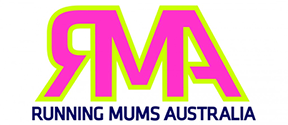

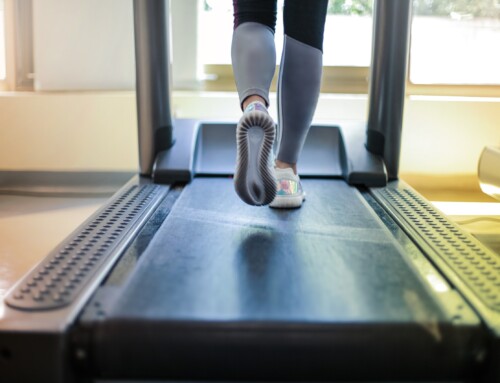
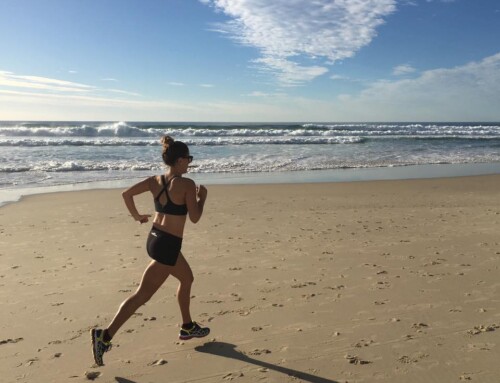
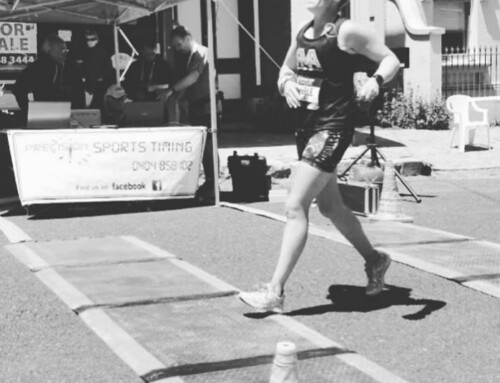
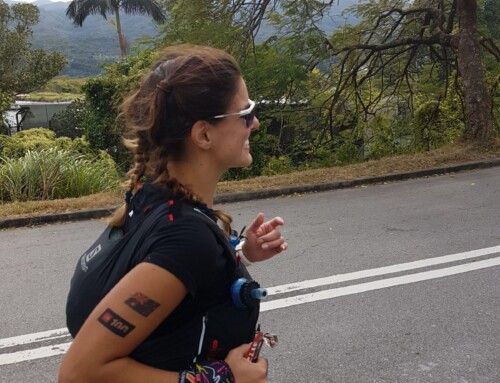
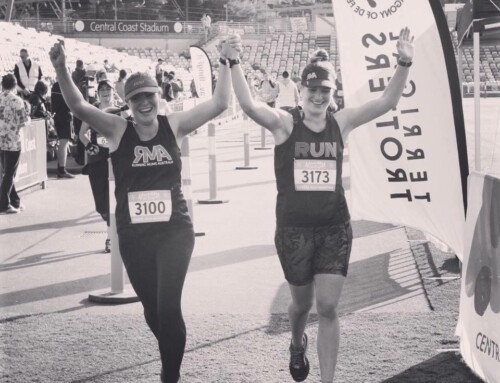
Nicely written and quite helpful article.